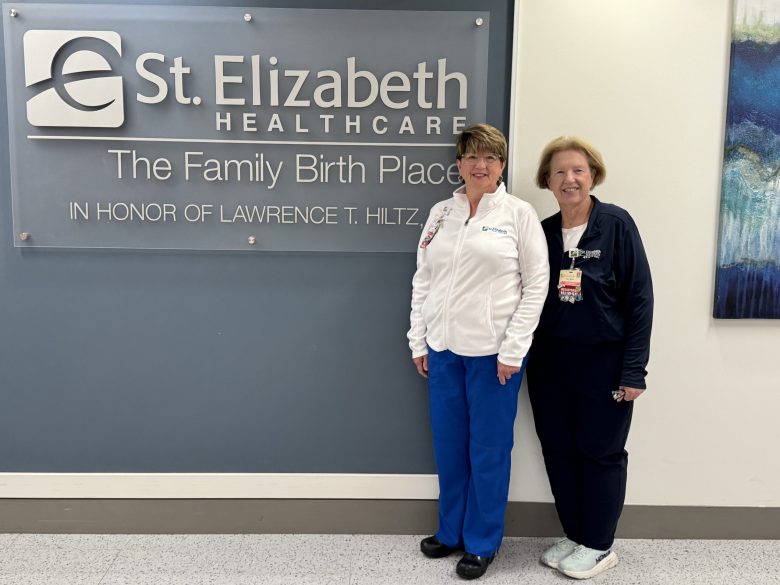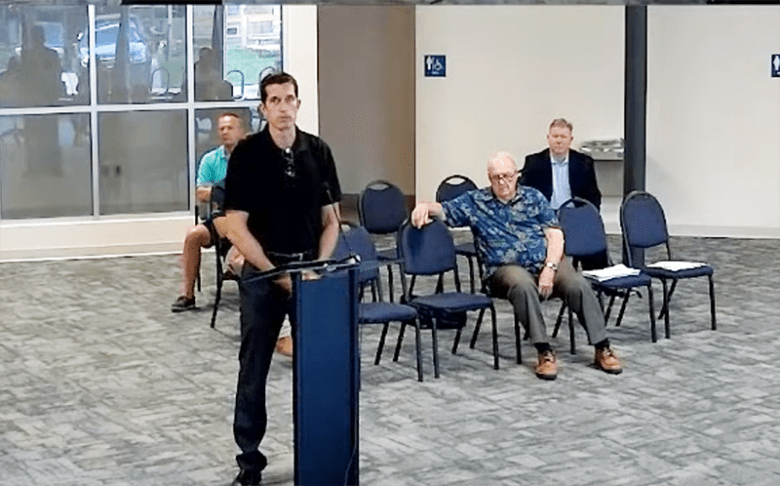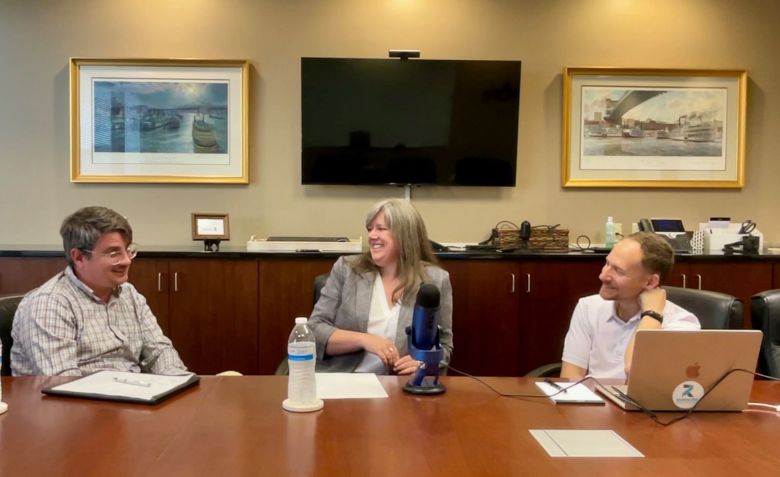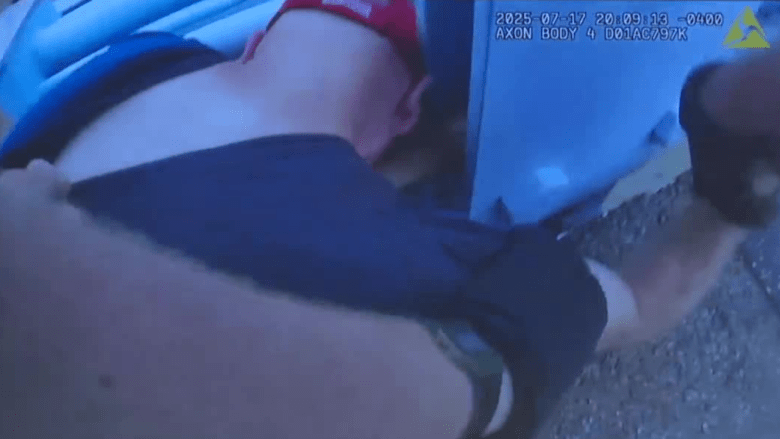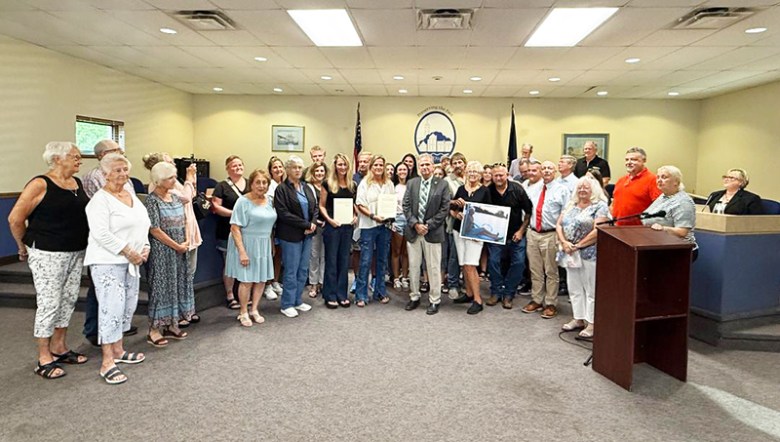Since Teri Wilde and Lynn Beck began their careers at St. Elizabeth Healthcare in the early 1970s, a lot has happened. In those days, parents never entered the delivery room, and maternity nurses wore white from head to toe. Since then, Teri, a nurse manager, and Lynn, a nurse sonographer (who does ultrasounds), have provided care for hundreds of mothers and newborns. Here, they talk about how maternity care has changed and why they still enjoy their jobs at St. Elizabeth Family Birth Place.
In Covington, Kentucky, at the former St. Elizabeth North Unit, you began your nursing careers. What Recall Do You Have of Those Times?
Lynn: We didn’t have fetal monitors when I started. The doctor listened to the baby’s heartbeat using a specialized stethoscope. You placed your palm on your mother’s belly to time her contractions. The majority of laboring women were given general anesthesia. These days, it’s largely natural childbirth or epidural anesthetic.
Teri: There were perhaps twenty bassinets in each of our three small nurseries. The infants stayed there. Like in the old TV series, parents waited in line at the viewing window to watch them.
In 1984, the maternity unit relocated to St. Elizabeth Hospital Edgewood. It was renamed the Family Birth Place a year later. What Recall Do You Have of Those Times?
Teri: Seeing mothers and infants visit the stunning Edgewood setting was thrilling. Especially in contrast to the older Covington structure, it was incredibly light and spacious. We shut down the newborn nurseries a few years later and implemented a new care paradigm in which LDRP (labor, delivery, recovery, and postpartum) took place in a single room.
Because nurses required all-around labor-and-delivery expertise, LDRP rooms revolutionized the industry. Programs for training nurses are now far more rigorous. Our nurses go through a fellowship program that includes mentorship, classroom instruction, and on-the-job training. The process lasts for over a year. Additionally, they can earn certifications in specialized fields like neonatal nursing care and fetal monitoring. Seeing our younger nurses advance professionally and achieve so much in their careers makes me proud.
Note: Postpartum suites were introduced to the Family Birth Place approximately ten years ago. After the recuperation phase, mothers and infants move there.
How Does the Family Birthplace Keep Changing to Fit the Needs of the Community?
Teri:We lacked a Neonatal Intensive Care Unit (NICU) for premature infants and neonates with complicated medical conditions when we relocated to Edgewood. As part of our pledge to address families’ needs locally, we added that in 2013.
Lynn:We now have programs for high-risk mothers and a large number of pediatric specialists to care for these babies and their families. For instance, in order to guarantee a safe pregnancy, our Maternal-Fetal Medicine physicians regularly monitor women with diabetes. Additionally, they provide care for expectant mothers who already have high blood pressure or heart issues. When parents are concerned about a blood issue or other familial disease, our amazing genetic counselors visit with them.
When we identify new needs in our community, we frequently expand our offerings. All of our patients were native English speakers fifty years ago. Nowadays, it appears that roughly one-third of our mothers speak English as a second language on any given day. We provide a multilingual iPad-based interpretation service. Additionally, we recently brought on a full-time Spanish interpreter to work at the Family Birth Place. The hospital leadership listened to our staff’s pleas for that position.
Taking Care of Generations at the Family Birthplace: What’s It Like?
Lynn: Moms or grandmothers bring young ladies to the ultrasound department and introduce themselves by saying, “Oh, this is Lynn!” When I had your sister, she looked after me, and Lynn performed my ultrasounds. When someone remembers me from years ago, I’m always very moved.
And the number of times I’ve encountered someone at Kroger who says, “You did my ultrasound, here’s my baby now!” is beyond me. Every time I see them, I make a joke about how much their baby has changed.
Teri: I have watched a lot of family members come into the world. For instance, my brother’s children were born here, and two of them had children here. Being an adopted mother is a blessing, and my husband and I were present when our son was born. It was such a lovely experience.
Participating in someone’s birth, whether they are a family member or a complete stranger, is a truly unique experience. It serves as a helpful reminder that life continues.
Find Out More About the Birthplace of the Family
To learn more about the services offered by the Family Birth Place, visit our website or give us a call at (859) 301-2229 (BABY).
Take a virtual tour
Did you enjoy this story? Contribute to the next one.
Without community backing, independent local reporting would not be possible. We are able to continue covering the people, places, and issues that define Northern Kentucky thanks to your monthly donation.When you donate, you’re investing in all the stories that lie ahead, not just one.
Sponsored by St. Elizabeth
